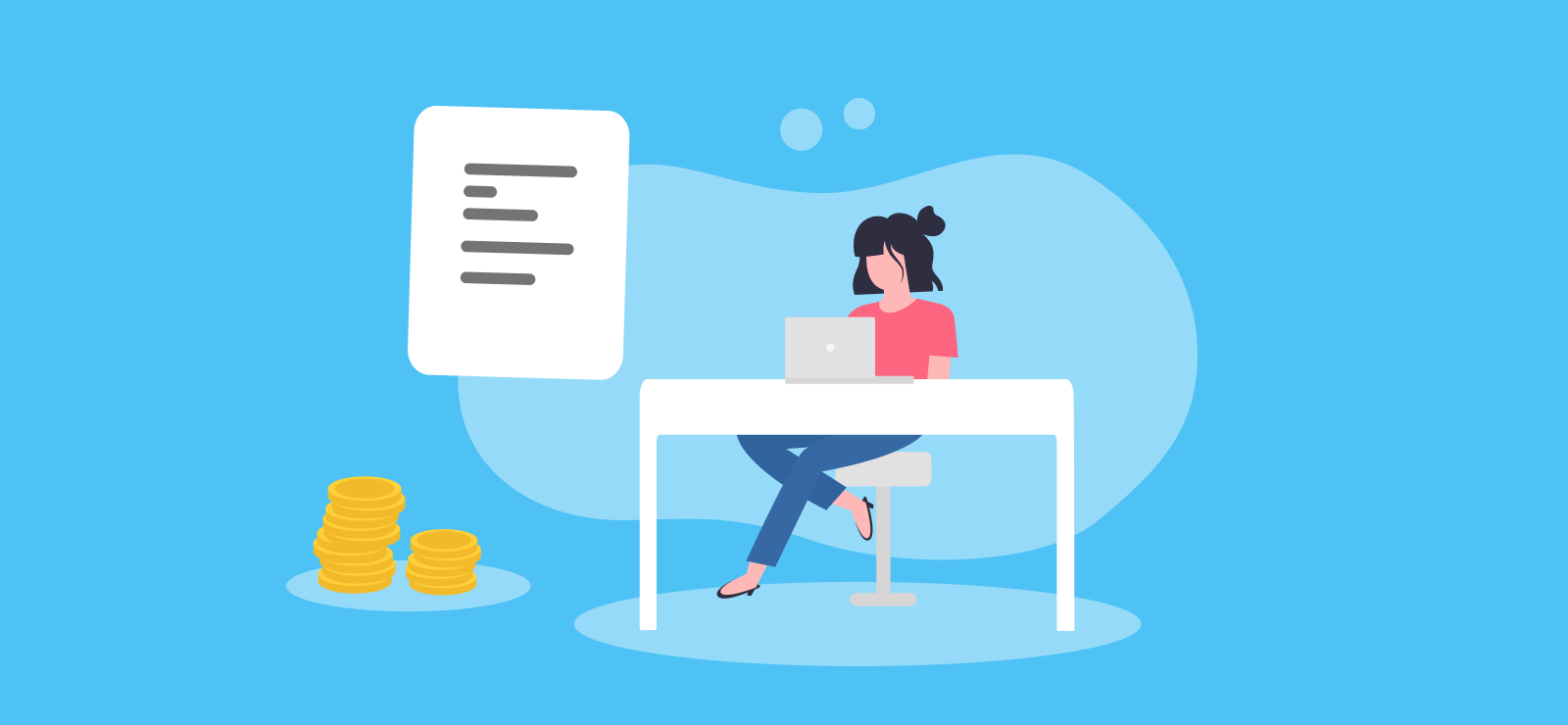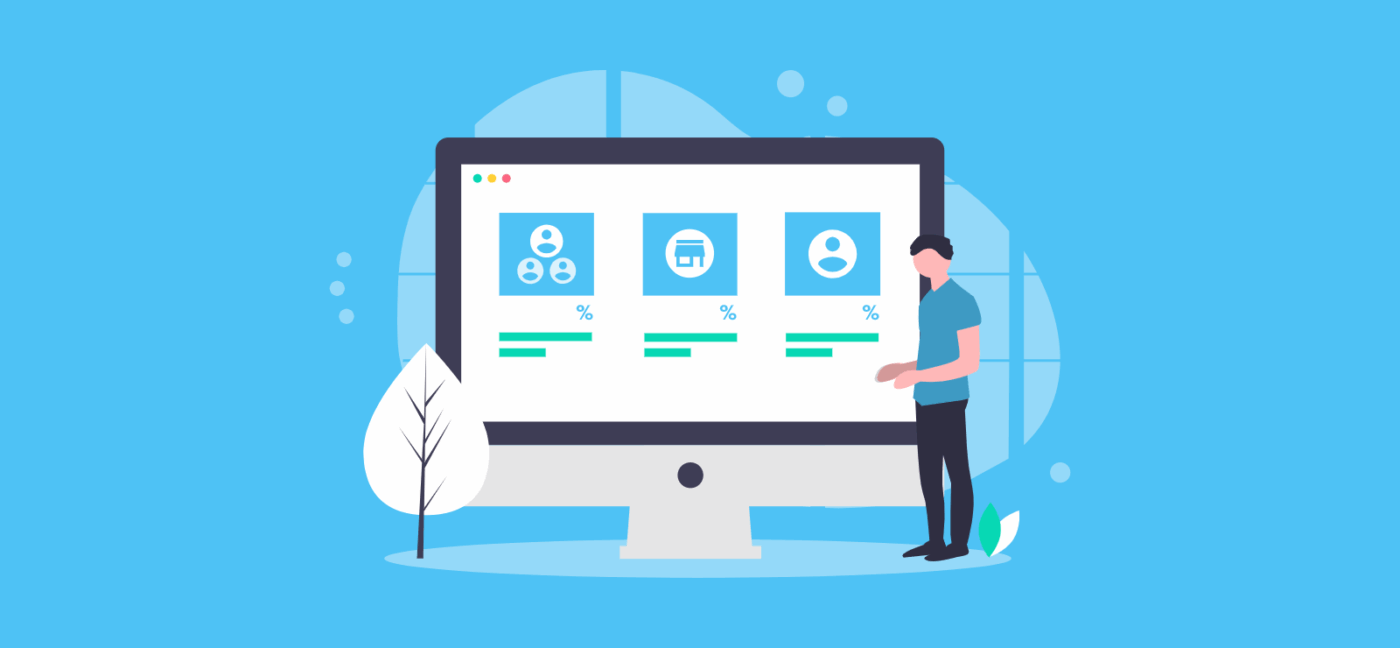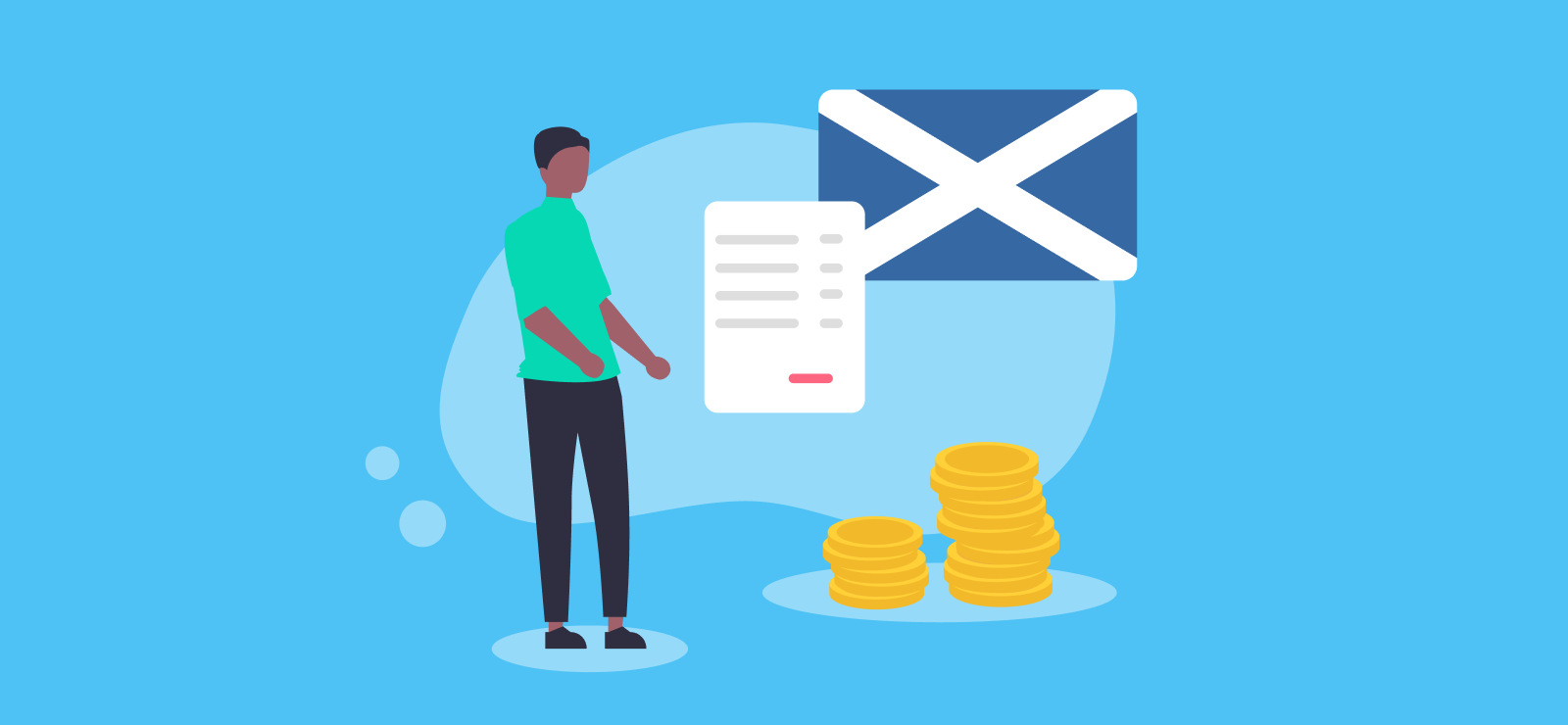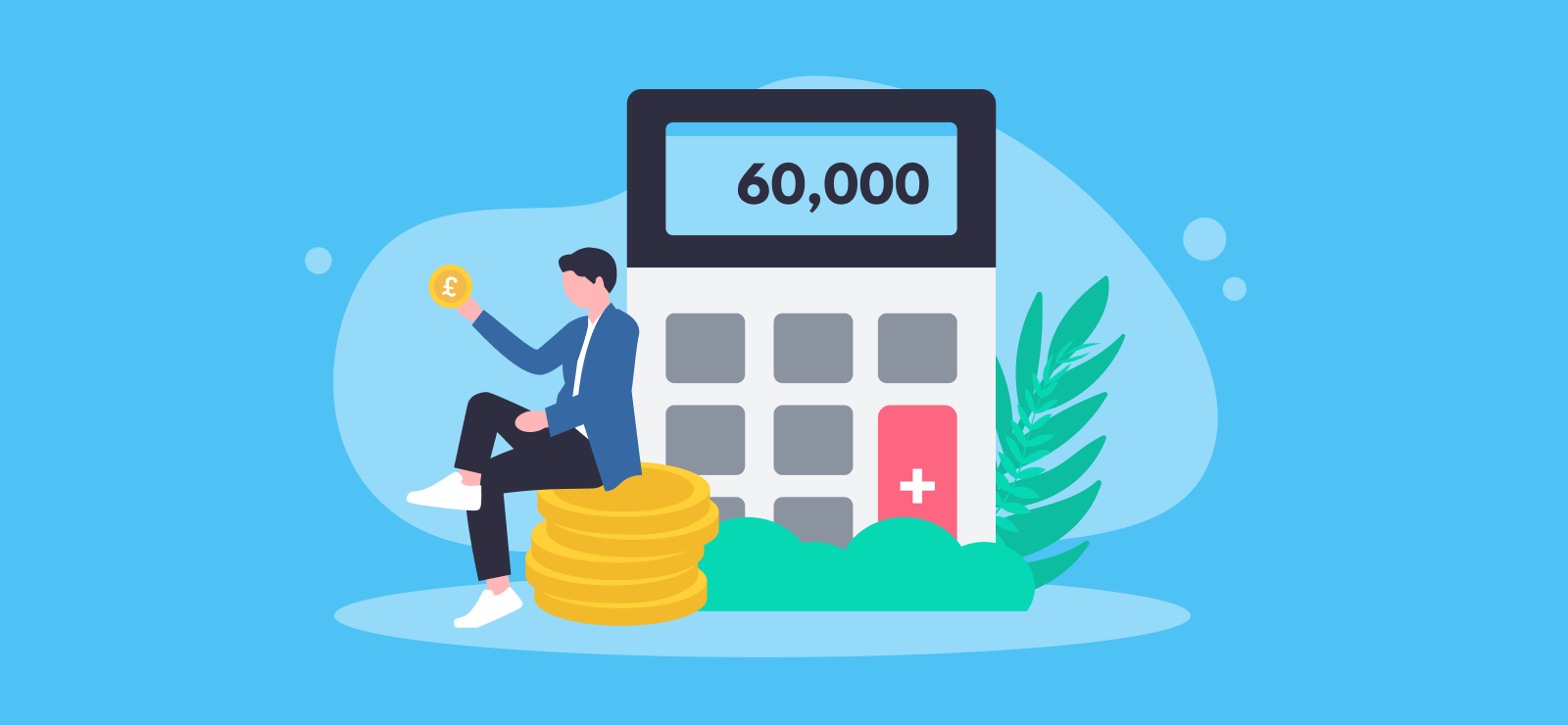

How Much Tax Will I Pay?
Tax is a really broad subject and there are all sorts of taxes out there. When most people come to us to talk about tax, they’re usually referring to the tax they need to pay on their income or through their business.
With everyone’s circumstances being so different it’s difficult to give a specific answer, but we can explain how the tax calculation process works for some of the most common types. You can also use our handy online tax calculators to hopefully give you a clearer idea.
It’s also worth noting one common area of confusion. If you earn enough to become a higher rate taxpayer, it doesn’t mean you’ll need to pay 40% tax on all your income. Instead, the 40% rate will only apply to the part of your earnings which falls into the higher rate tax band (which, for 2025/26 is £50,271 - £125,140).
How much tax will I pay if I’m employed?
This usually depends on how much you earn, and how your employer pays you. When you’re employed, your employer deducts income tax and National Insurance (NI) contributions from your wages before your pay goes into your bank account. They pay this on to HMRC through Pay As You Earn (PAYE).
Some people also receive taxable benefits as part of their employment package, such as a company car or private healthcare. Benefits in Kind (BiKs for short) aren’t part of your wages as such, but they do have a financial worth, so you’ll pay tax on the equivalent value. Your employer will usually report these through payroll.
Although your employer calculates what you owe and submits this information to HMRC, it’s still your responsibility to make sure that you’re on the right tax code and paying the correct amount. The good news is that taxpayers receive an annual Personal Allowance, which is currently £12,570.
It’s worth noting that the Personal Allowance ‘tapers’ for higher earners, and will reduce by £1 for every £2 earned over £100,000. If you use up your allowance, you’ll be moved to the 0T tax code.
What will I pay if I earn more than the Personal Allowance?
This depends on which income tax band you fall into. You’ll only pay the tax rate on the part of your income which falls into that rate’s tax band. The table shows the tax rates and thresholds for the 2024/25 and 2025/26 tax years in England, Wales, and Northern Ireland. There are different rates and tax bands for paying Scottish income tax.
| Band | Taxable Income | Tax Rate |
| Personal Allowance | Up to £12,570 | 0% |
| Basic rate | £12,571 - £50,270 | 20% |
| Higher rate | £50,271 - £125,140 | 40% |
| Additional rate | £125,140 upwards | 45% |
I’m thinking of going self-employed. How much tax will I pay?
Starting your own business can be an appealing thought, with the promise of more flexibility for arranging your time and choosing the projects you want to work on. But getting your head around the tax implications of being self-employed can be a bit confusing.
As a starting point though, the tax that you pay as a self-employed person depends on what sort of business structure you decide to use, and how much you earn through self-employment. For instance:
- A self-employed sole trader normally needs to submit a Self Assessment tax return, and pay income tax and National Insurance on their self-employed earnings
- Someone who owns and runs a limited company will need to submit a Company Tax Return so the company can pay the right amount of Corporation Tax on its profits. They might also need to submit PAYE returns if they take a salary as a director, and submit Self Assessment returns if they take dividends!
Your personal allowance of £12,570 stays the same, regardless of whether you’re self-employed or employed. Remember though, the personal allowance will reduce by £1 for every £2 you earn above £100,000.
It’s also worth remembering that when you’re self-employed, you’re responsible for submitting your own tax returns and for paying the bill on time. This means excellent record-keeping skills are essential if you’re to avoid the most common tax return errors!
I have two jobs – one employed and one self-employed. What does this mean for my personal allowance?
Some people have a self-employed side hustle, or might receive an income from pensions or renting out property.
The Personal Allowance doesn’t change, even if you have multiple sources of income, or multiple businesses. You’ll receive the allowance against your total amount of income for the year, whether you earn it through employment, self-employment, or a combination. Unfortunately, you won’t get a new allowance for each type of income!
The good news is that the Trading Allowance means you may be able to earn up to £1,000 from self-employment before you need to tell HMRC and start paying tax on it, even if you also have employment income. You can also claim tax relief on your business expenses. Allowable expenses can include all sorts, as long as it’s purely for business use. Another good reason to stay on top of your bookkeeping, and claim back as much as possible!
Will I pay tax twice if I’m self-employed and employed at the same time?
Not on the same income! You’ll need to include all of the different types of income that you receive on your tax return, but if you’ve already paid tax on part of it, you won’t be taxed on that bit again. For example, you’ll need to include anything you earn from an employer on your Self Assessment, but if they deduct tax and NI from your wages, you won’t pay tax on your wages again.
On this subject though, it’s worth mentioning that you might be able to pay your Self Assessment tax bill through your tax code if this is something you want to do.
Do I have to pay tax on dividends if I’m self-employed?
A company can issue dividends to its shareholders from the profits that are left over after tax. This could be new profit, or profit that was kept within the company from previous financial years.
Although you will have to pay tax on any dividends that you receive, the good news is that you can use both the tax-free Dividend Allowance as well as the Personal Allowance.
I have income from property. What tax do I need to pay?
If you’re renting out property and receive an income from that, you’ll need to declare it to HMRC and pay tax on it. The amount payable will again depend on your other sources of income, your tax band, and how much of your tax-free Personal Allowance you’ve already used up.
Property income is currently treated the same as any other type of income for tax purposes. This will change in April 2027 when individuals in England, Wales, and Northern Ireland will start paying property income tax.
The bit of good news here though is that the first £1,000 of your property rental income is tax-free, known as your ‘property allowance’. Even more good news is that there are certain expenses you can claim as a landlord that can help to offset your tax bill and reduce it. These expenses include things like:
- Insurance (for example public liability, building and contents)
- Management or letting agent fees
- Direct costs (for example advertising for a new tenant, phone calls, stationery etc.)
- Redecoration costs incurred between one tenant moving out and another moving in
- Cleaning and/or gardening costs
- Costs relating to the disposal of old electrical appliances or furniture
- Property repairs and maintenance (for example window or roof tile replacement)
- Any service charges or ground rent payments
- Utility bills that you pay, rather than your tenant. So this could be council tax, water, electricity, gas etc.
- Bookkeeping or accountancy fees
- Legal fees relating to unpaid rent or other tenancy issues
- Vehicle and fuel costs (although you can only claim the proportion used for rental business purposes)
Again, if you’re thinking of becoming a landlord, the taxes and expenses involved are something our team will be happy to discuss with you. You might also find our article Renting Out Your Property: A Checklist for Landlords useful here.
Tax can be confusing at the best of times. Find out more about our online accountancy services and call 020 3355 4047, or get an instant online quote.
Want to learn more?
Subscribe to our newsletter to get accounting tips like this right to your inbox

Read more posts...

UK Tax Rates, Thresholds and Allowances for the Self-Employed
15th January 2026Read our guide to UK tax rates and thresholds for sole traders, limited companies, partners and partnerships, employers, and other businesses. Paying…
Read More
Scottish Income Tax Rates and Thresholds for 2025/26 and 2026/27
13th January 2026If you live or work in Scotland then you may need to pay tax on your earnings using the Scottish Income Tax…
Read More
How Much Is My Take Home Pay After Tax on 60k?
9th January 2026Working out how much tax you need to pay can be messy business – especially if maths wasn’t your best subject at…
Read MoreConfirm Transactions
The number of monthly transactions you have entered based on your turnover seem high. A transaction is one bookkeeping entry such as a sale, purchase, payment or receipt. Are you sure this is correct?
Please contact our sales team if you’re unsure
VAT Returns
It is unlikely you will need this service, unless you are voluntarily registered for VAT.
Are you sure this is correct?
Call us on 020 3355 4047 if you’re not sure.
Bookkeeping
You will receive our bookkeeping software Pandle for free, as part of your package.
You can use this to complete your own bookkeeping, or we can provide a quote to complete your bookkeeping for you.
Please select and option below:
Call us on 020 3355 4047 if you’re not sure.

